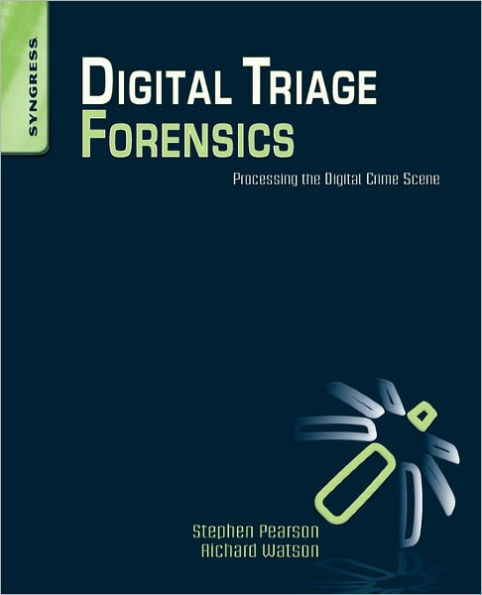This book is divided into six chapters that present an overview of the age of warfare, key concepts of digital triage and battlefield forensics, and methods of conducting pre/post-blast investigations. The first chapter considers how improvised explosive devices (IEDs) have changed from basic booby traps to the primary attack method of the insurgents in Iraq and Afghanistan. It also covers the emergence of a sustainable vehicle for prosecuting enemy combatants under the Rule of Law in Iraq as U.S. airmen, marines, sailors, and soldiers perform roles outside their normal military duties and responsibilities. The remaining chapters detail the benefits of DTF model, the roles and responsibilities of the weapons intelligence team (WIT), and the challenges and issues of collecting digital media in battlefield situations. Moreover, data collection and processing as well as debates on the changing role of digital forensics investigators are explored.
This book will be helpful to forensic scientists, investigators, and military personnel, as well as to students and beginners in forensics.
This book is divided into six chapters that present an overview of the age of warfare, key concepts of digital triage and battlefield forensics, and methods of conducting pre/post-blast investigations. The first chapter considers how improvised explosive devices (IEDs) have changed from basic booby traps to the primary attack method of the insurgents in Iraq and Afghanistan. It also covers the emergence of a sustainable vehicle for prosecuting enemy combatants under the Rule of Law in Iraq as U.S. airmen, marines, sailors, and soldiers perform roles outside their normal military duties and responsibilities. The remaining chapters detail the benefits of DTF model, the roles and responsibilities of the weapons intelligence team (WIT), and the challenges and issues of collecting digital media in battlefield situations. Moreover, data collection and processing as well as debates on the changing role of digital forensics investigators are explored.
This book will be helpful to forensic scientists, investigators, and military personnel, as well as to students and beginners in forensics.

Digital Triage Forensics: Processing the Digital Crime Scene
280
Digital Triage Forensics: Processing the Digital Crime Scene
280
Product Details
| ISBN-13: | 9781597495967 |
|---|---|
| Publisher: | Elsevier Science |
| Publication date: | 06/28/2010 |
| Pages: | 280 |
| Product dimensions: | 7.50(w) x 9.10(h) x 0.90(d) |
